Presenting Australopithecus sediba
On April 8, 2010, Thursday last week, Professor Lee Berger of the University of the Witwatersrand unveiled a new find at Maropeng in the Cradle of Humankind.
Discovered by Berger and his nine-year-old son, Matthew, at the Malapa caves at the Cradle of Humankind, the partially complete skeletons are the remains of hominids that lived almost 2- million years ago.
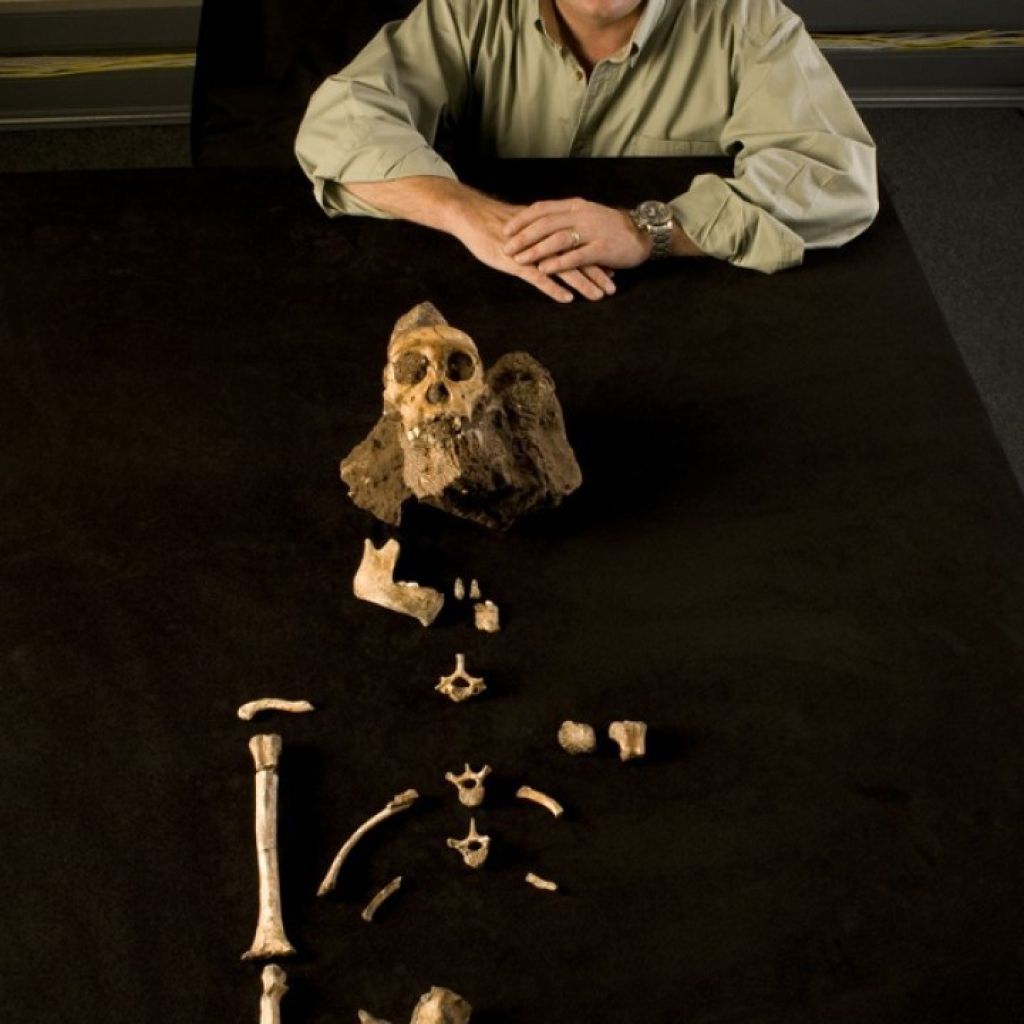
Professor Lee Berger with the Australopithecus sediba fossils.
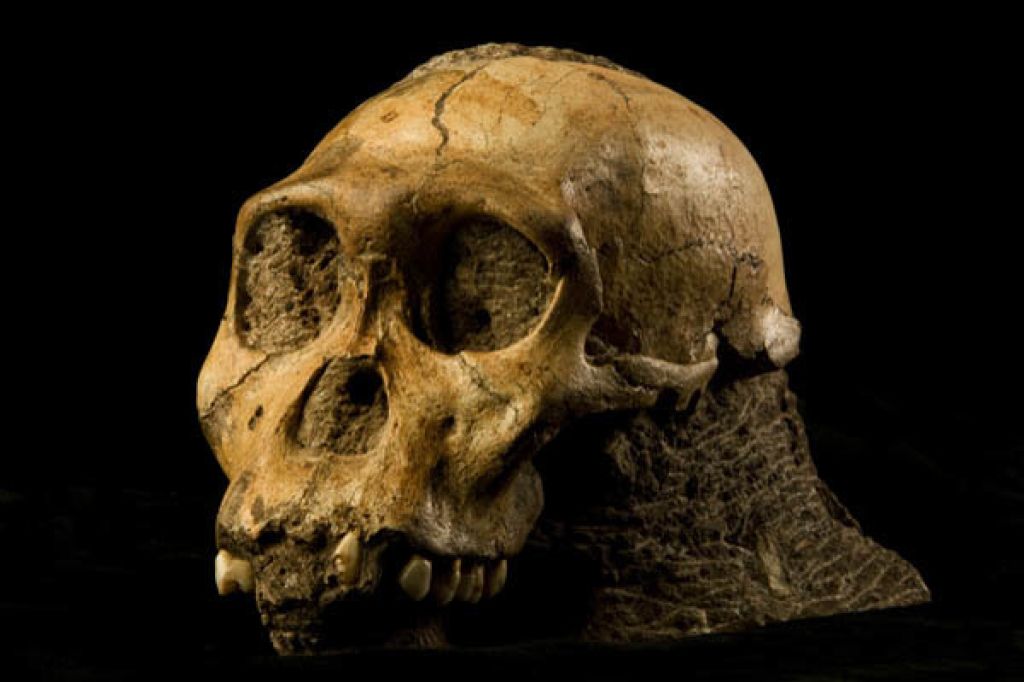
The fossils are almost 2 million years old.
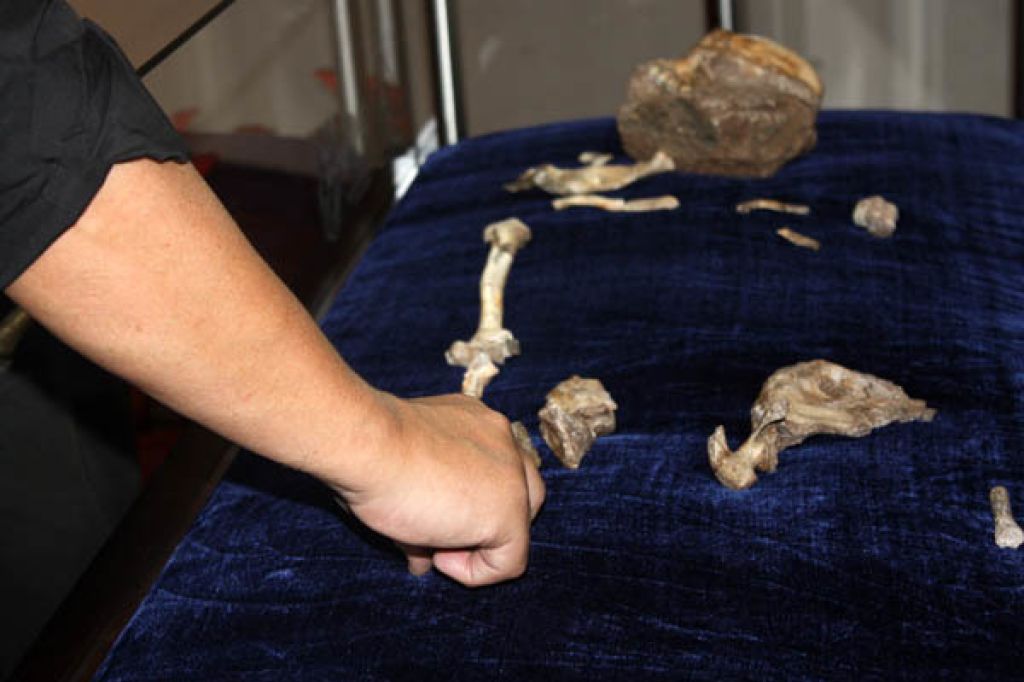
The fossils being prepared for the 10-day exhibition at Maropeng, the official visitor centre of the Cradle of Humankind.
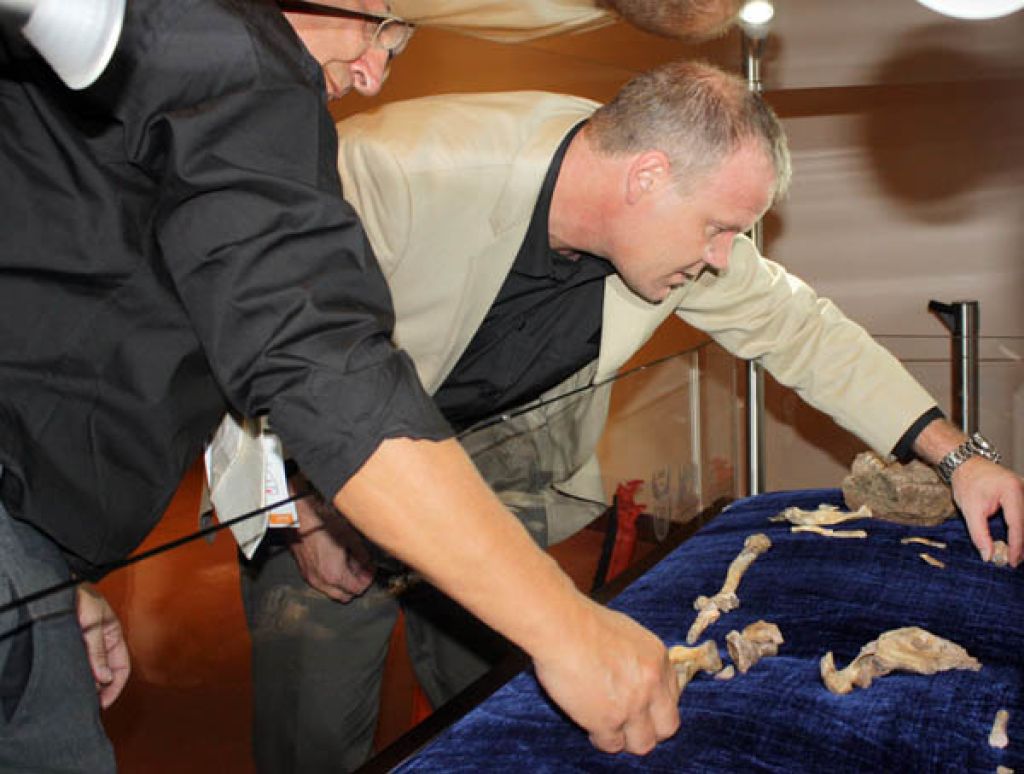
Professor Lee Berger arranges the fossils in Maropeng’s exhibition room.
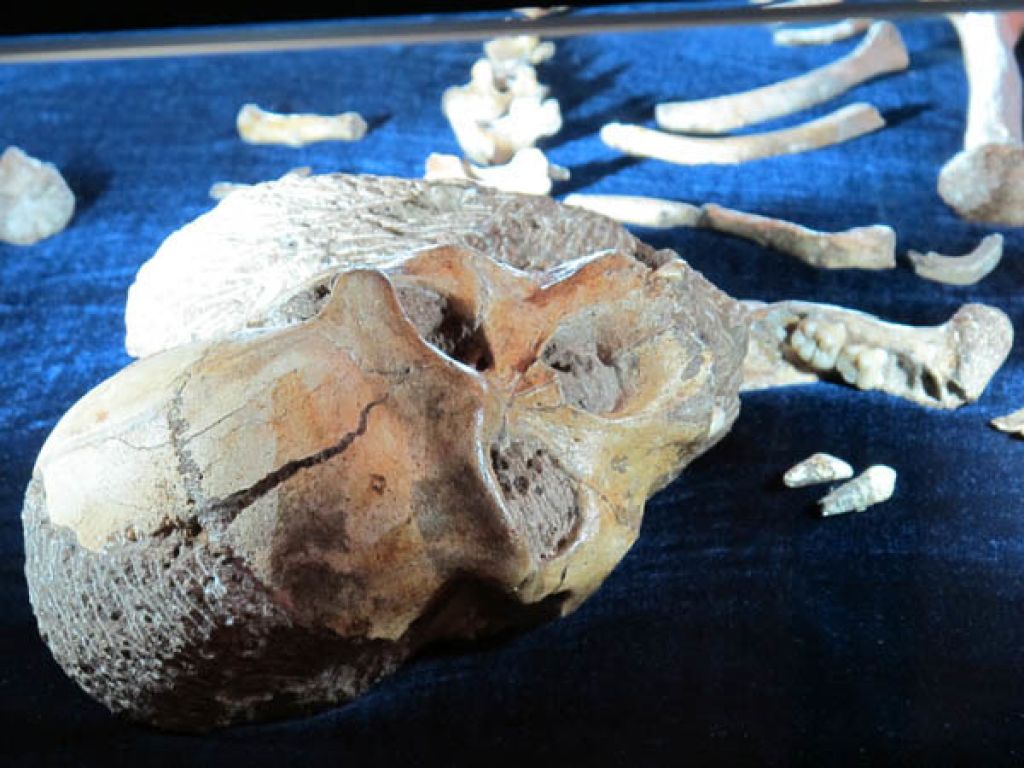
The sediba fossils were discovered at the Malapa caves at the Cradle of Humankind.
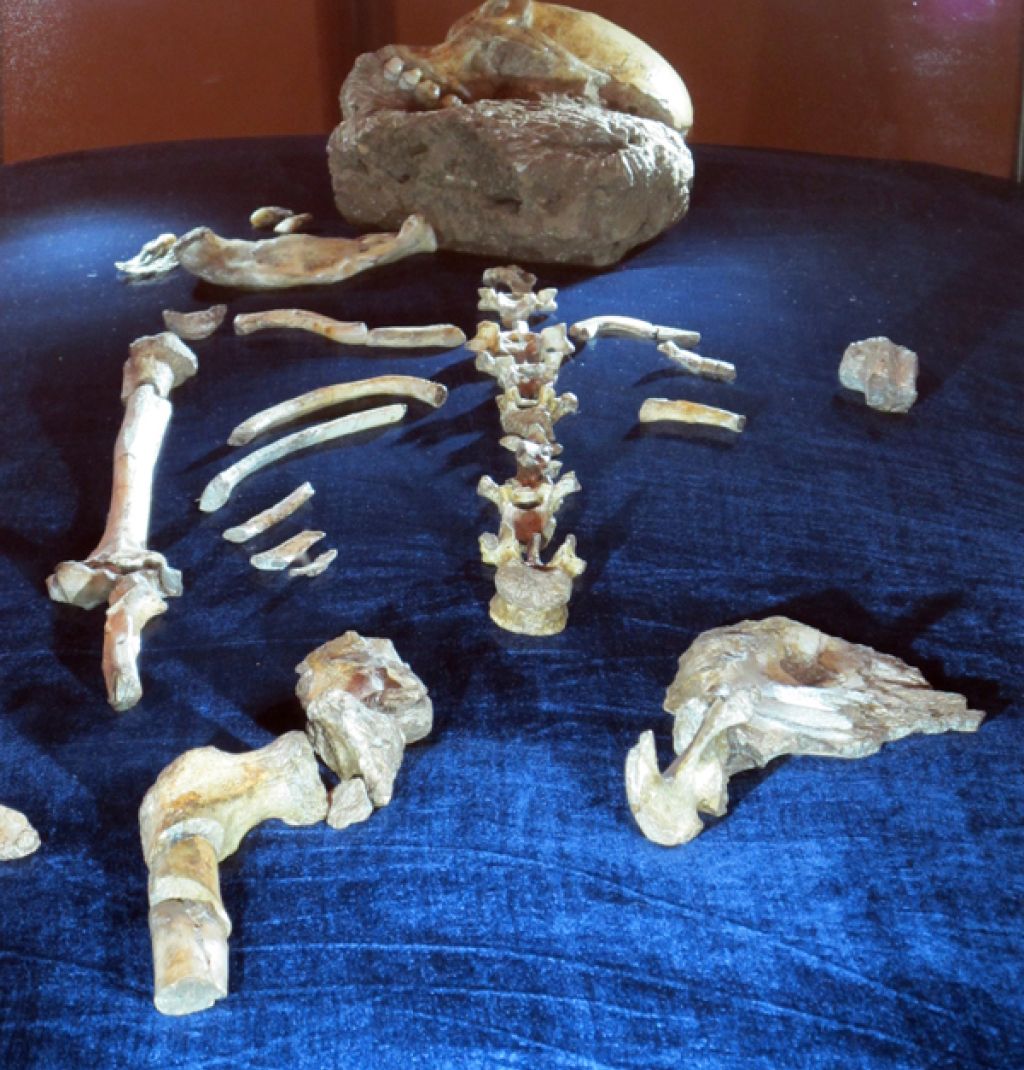
“Sediba"is a Sotho word meaning “well”, or “spring”, or “fountain”. The name was chosen as Berger believes this fossil will prove a fountain of knowledge about early hominids.
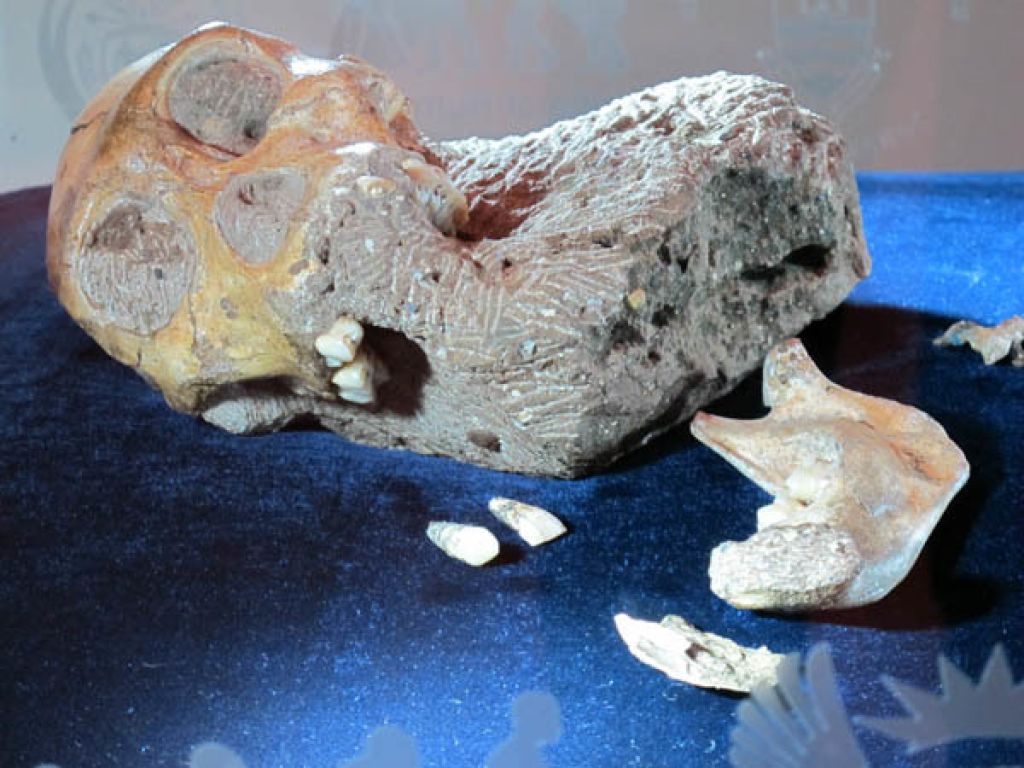
The fossils that nine-year old Matthew Berger and his father found were of a young male and adult female.
If you would like to see more pictures of Maropeng, visit our Flickr group or our Facebook fan page.More coverage of the Australopithecus sediba fossils on our site:
If you would like to see more pictures of Maropeng, visit our Flickr group or our Facebook fan page.More coverage of the Australopithecus sediba fossils on our site:
- Exciting new fossil discovery published in pre-eminent journal, Science
- Find a name for fossil boy and win R75 000
- Exciting new fossils unveiled at Maropeng
- Maropeng hosts the unveiling of an unprecedented fossil discovery
- Australopithecus sediba unveiling - photo essay
- The sediba fossils on display at Maropeng
- The story of Australopithecus sediba
- Lee Berger: the man behind the sediba fossils